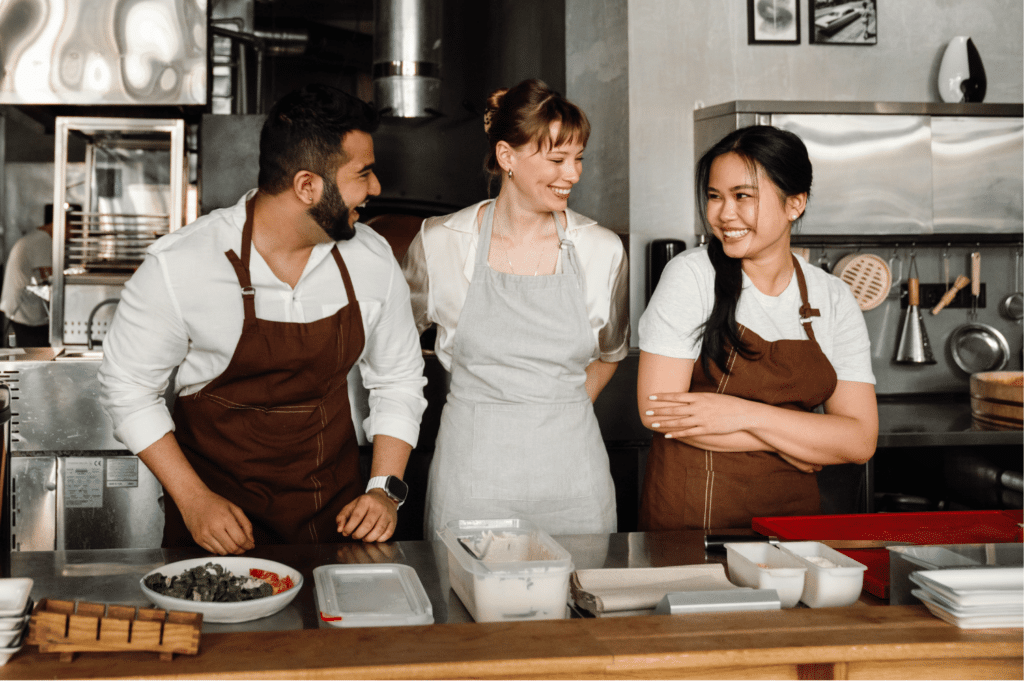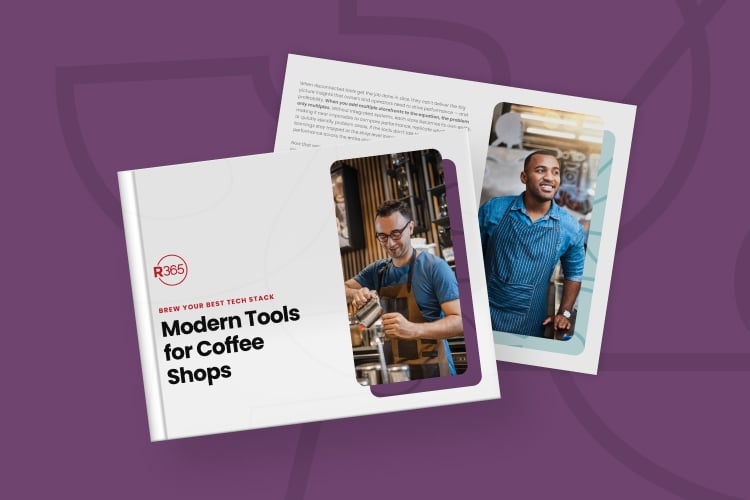Is bartender training a key part of your onboarding? Alcohol has become a 90 billion dollar per year market and is one that barely fluctuates even during times of economic hardship. It is no wonder restaurant owners have been trying to capitalize on beer and liquor sales.
As food and beverage offerings grow, so do concerns over how to manage, price and sell liquor, and most importantly how to train new hires. Whether you are new to running and maintaining a bar or looking to keep your training up to date, our list can help keep you on track.
1. Utilize Your Employee Handbook
One thing all excellent courses and programs have in common is they all start with the basics. When onboarding new hires, the first thing you should do is help educate them on how you run your business.
Key things every recruit should understand before ever setting foot on the bar floor are the following.
- Attendance Policy & Schedule
- Time off Policy
- Workplace Attire
- Expectations for workplace professionalism
- Anti-harassment policy
- Compensation and payroll
Establish expectations early.
2. Give New Hires the Grand Tour
Before you let your new bartenders assist customers, you should first give them the grand tour. Show them how you run your restaurant and introduce them to their colleagues. Knowing who is in charge of food prep and where extra kegs, bottles, glasses, and cocktail assortments can be found is vital to helping them feel confident on their first day.
3. Teach New Hires How to Pour Drinks Accurately
Drinks can be prepared a variety of different ways. Fluctuating quantities and recipes can make controlling bar inventory difficult. To remedy this, many restaurants have specific formulas they want staff to follow when it comes to food and beverages. If your restaurant has specific recipes for each drink be sure to have them written down and available for bartenders to study and reference if they ever get stuck during their shift.
In addition to having written recipes available, your bar should also equip measuring tools. One great tool you should make sure you have are Jiggers. A jigger is a double-sided measuring device bartenders use to increase the accuracy of their pours. A jigger dispenses a perfect 1.5 oz or 1 oz pour, depending on which side the bartender uses. They are a huge help when it comes to controlling inventory and can help prevent monetary damage that is associated with over pouring.
Furthermore, you should make sure your bartenders pair the right glass with the right drink. Establishments fluctuate when it comes to how cocktails are composed and presented and laying out expectations can help keep your food and inventory costs on track.
4. Teach Common Jargon
It is crucial for new bartenders to understand common jargon associated with ordering drinks.
Words and phrases such as “on the rocks,” “up,” “neat,” or “with a twist” should be well understood before their first day. They should also learn words associated with drink prep such as muddling, shaking, or stirring.
5. Give Your New Recruits Great Resources
Bartenders need to know much more than just how to make drinks. Equip your new hires with resources that can make them better at their trade.
Supplying resources or courses on how alcohol is produced, how great bars are run, and how to pair food with wine and spirits can go a long way.
Some of the best bartending books you should looking into are:
- The Craft of the Cocktail: Everything You Need to Know to Be a Master Bartender, with 500 Recipes
- The Joy of Mixology: The Consummate Guide to the Bartender’s Craft
- Perfect Pairings: A Master Sommelier’s Practical Advice for Partnering Wine with Food
6. Require Certification Training
Here are the three most popular bartending certification courses:
- T.A.M. Certification (Techniques of Alcohol Management)
- TIPS Certification (Training for Intervention Procedures
- ServSafe Alcohol (Developed by the National Restaurant Association)
In addition to the courses above, your staff may also need to obtain an alcohol serving permit that meets your state’s requirements.
7. Require Health & Safety Training
Bartenders need to have a thorough understanding of health and safety standards. The last thing you want is for a patron to get sick or injured or for your restaurant to be hit with a health code violation. Make sure all of your workers have taken the appropriate food handling classes and review common mistakes before sending them off to work alone.
Some of the most common mistakes bartenders make that adversely affect the health and safety of guests are:
- Scooping ice with a glass
- Picking up glasses by the rim
- Using Dirty towels
- Not washing your hands regularly
- Keeping garnishes at room temperature
8. Provide POS Training
People won’t always order things the way they appear on the menu. Be sure to show your new bartenders not only how to ring up and price drinks based on what the menu offers, but also teach them how to charge for extra shots and other modifications. Understanding how to add in miscellaneous costs can prevent you from losing money from unpaid extras.
You also need to teach bartenders the basics of closing out the till and preparing the bar for the next service.
9. Cover Common Scenarios
Make sure your bartenders understand what dram shop laws are and know how to prevent over serving. If a guest has been over served, have your bartender try to arrange a ride to ensure the guest gets home safely. Drunk driving accidents, violence, and alcohol poisoning are just a few of the adverse consequences of excessive drinking. Having policies in place to prevent those situations is the best way to protect your business and your patrons.
10. Teach Great Customer Service
Conversational skills are what separate mediocre bartenders from the great ones. Your bartenders will come across all different types of people during their shifts. Ensure you hire someone outgoing and courteous , but also teach them soft skills.
Set standards for how long a guest can wait before being greeted. Make sure all bartenders understand the importance of acknowledging guests even if they can’t serve them immediately. Most bad reviews come from bad interpersonal interactions, not just simple restaurant mistakes. Ensuring that customers feel welcomed, understood, and appreciated can reduce the likelihood of bad reviews and keep customers coming back.
Are you looking for a restaurant hiring solution that can attract the ideal employees and support your long-term staffing goals? R365 HIRE makes it easy to attract, hire, and onboard the best employees for your restaurant group.



